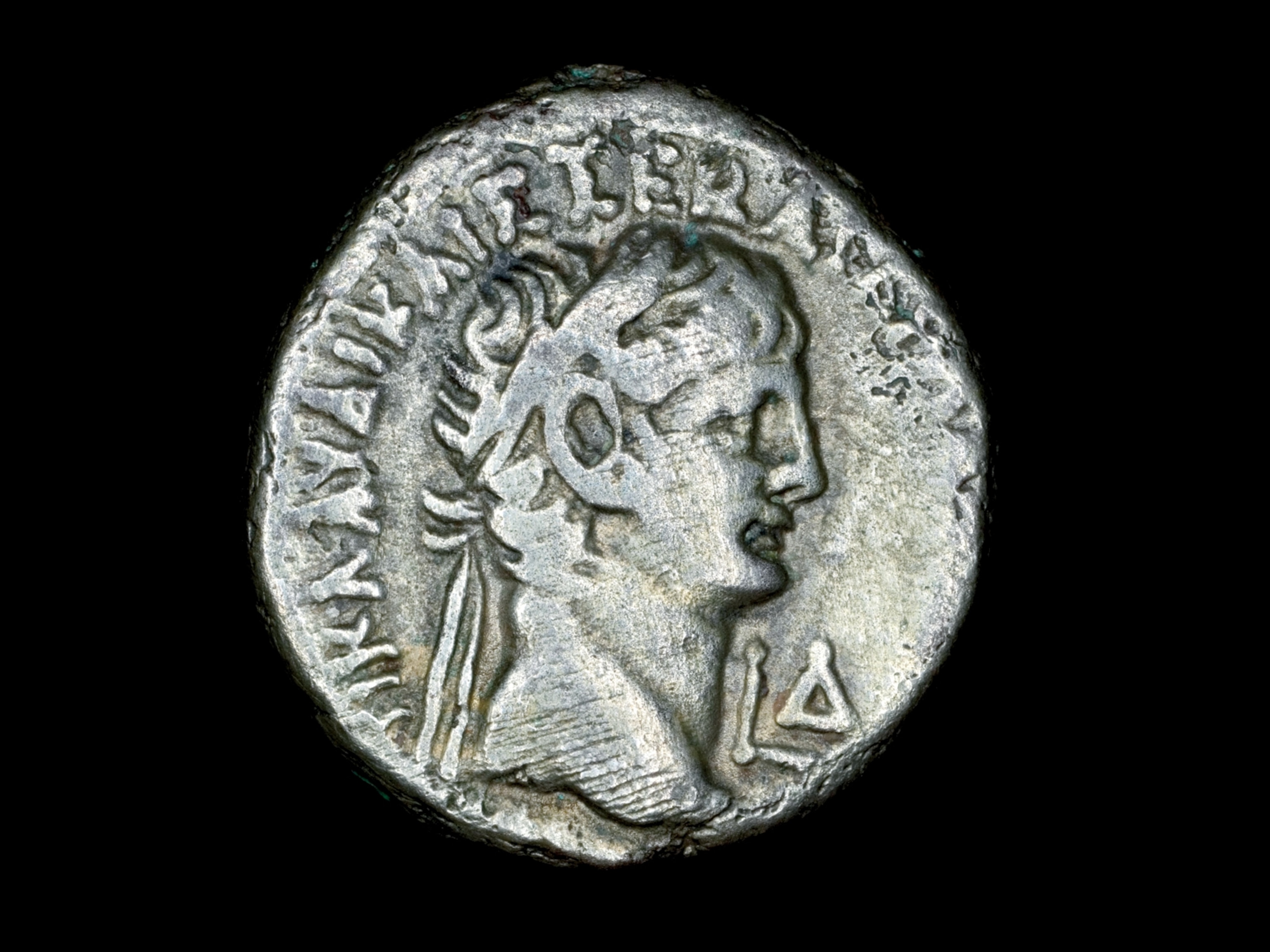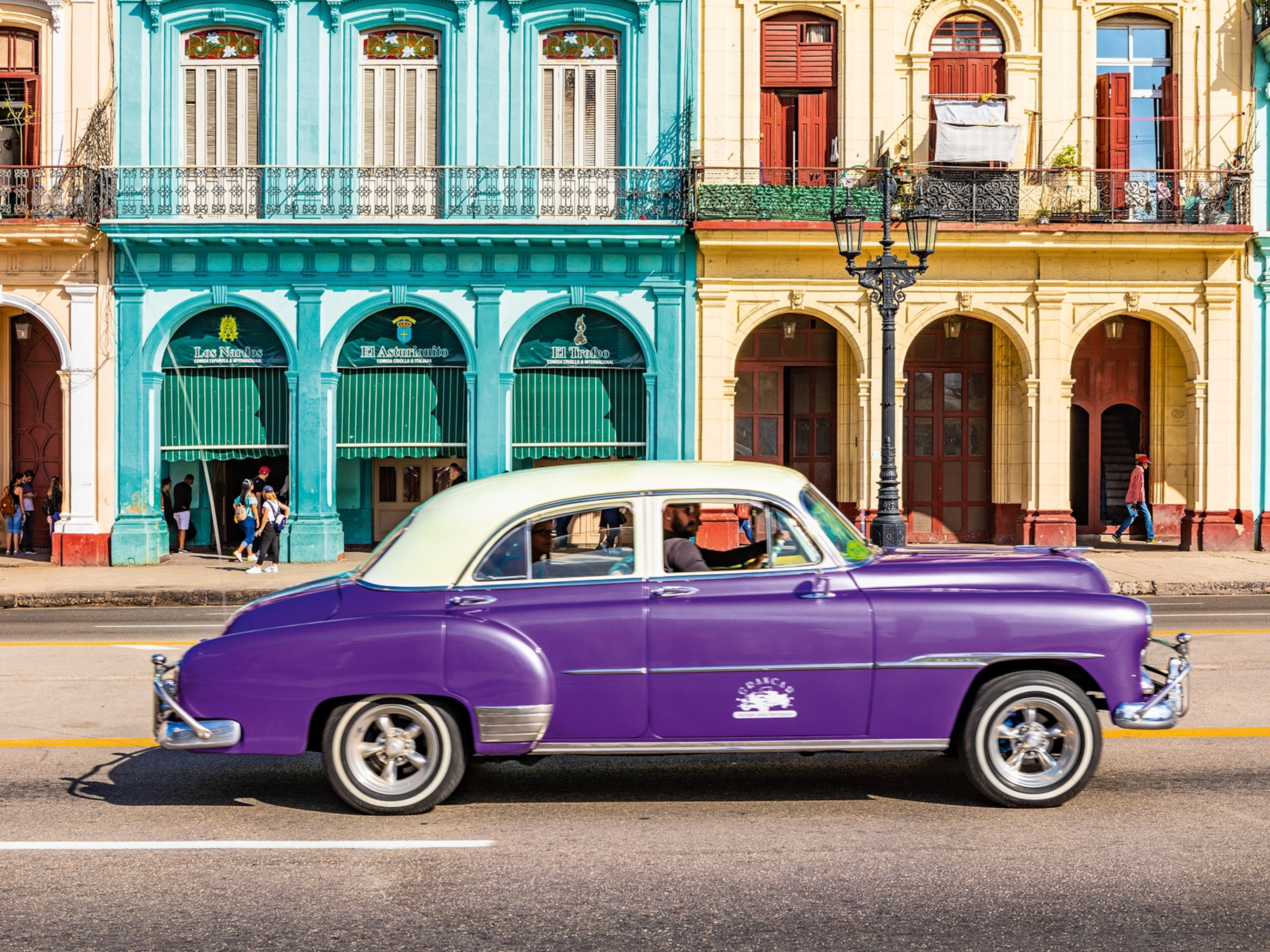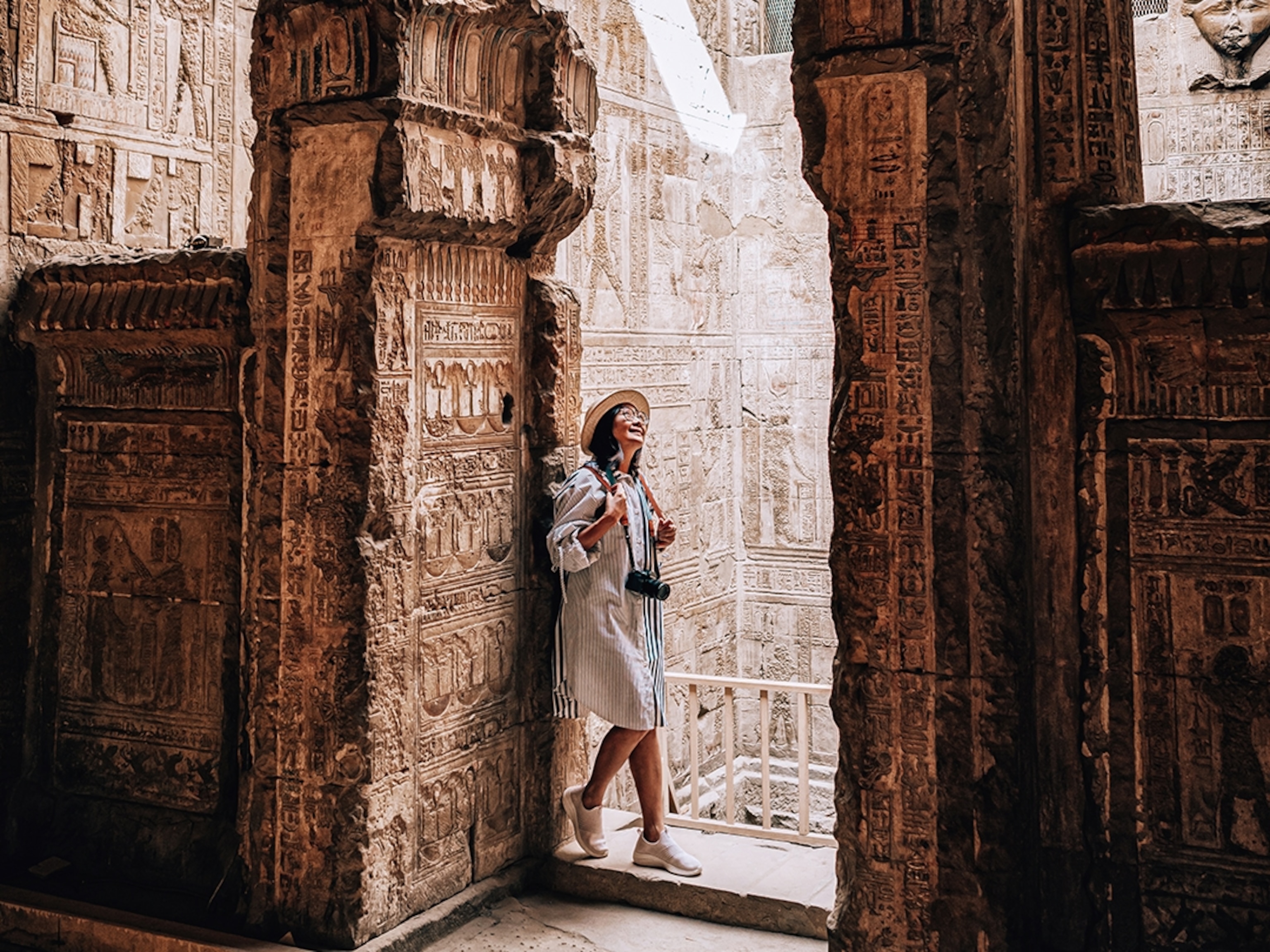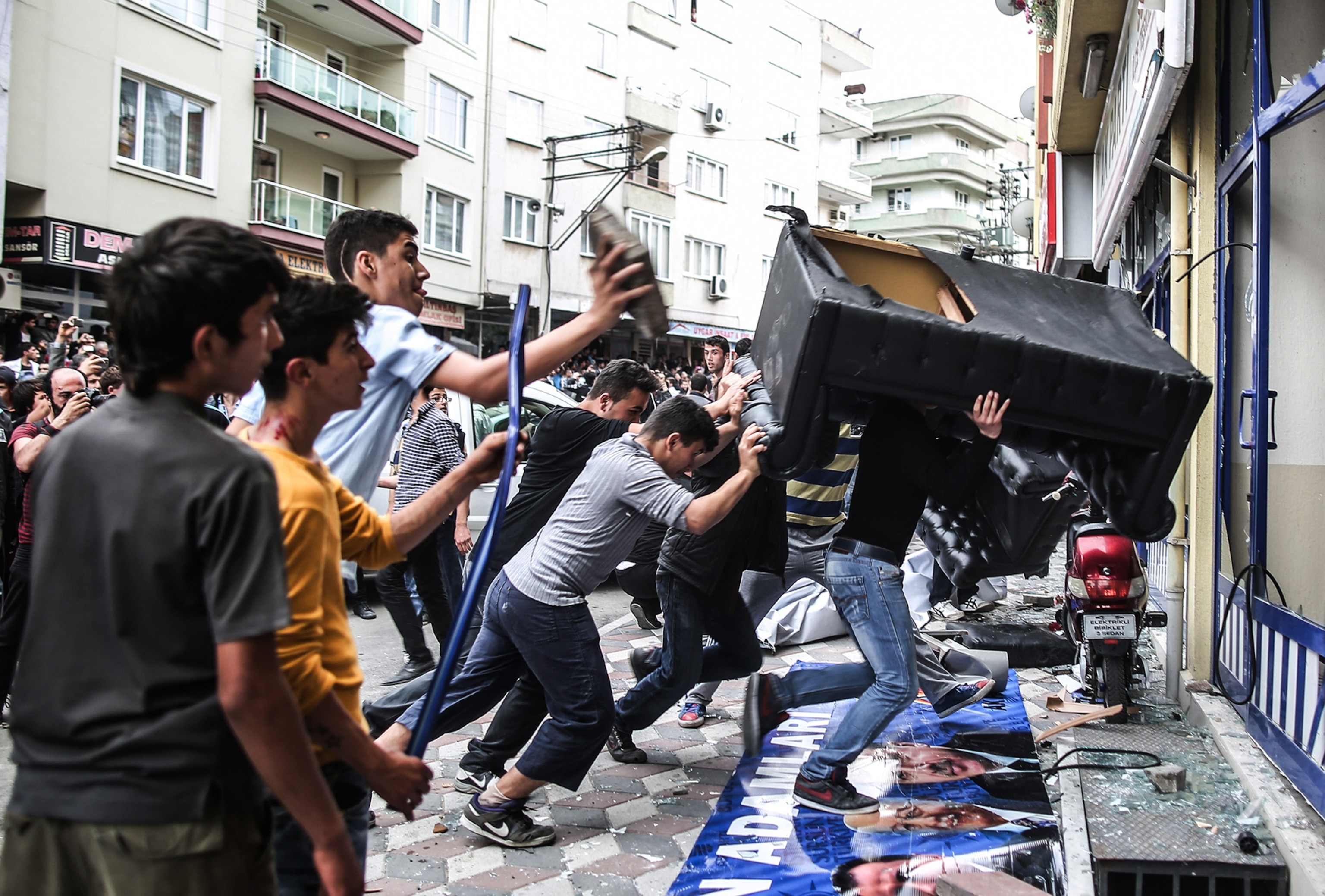
Turkey Tragedy Points to Enduring Coal Mining Risks
Despite lessons learned from previous blasts, accidents persist.
Two days after a coal mine fire killed at least 283 workers in western Turkey, mourning was mixed with angry protests sparked by the perception that the nation's increasing desire for coal energy had compromised mining safety. (See: "Pictures: Mine Blast in Turkey Kills More Than 200.")
Violent clashes between rioters and police in the capital city of Ankara signaled that some were using the mining deaths to revive long-held grievances against the government of Prime Minister Recep Tayyip Erdogan. Other critics claimed that Tuesday's deadly blast symbolized how more aggressive drilling for coal—encouraged by Erdogan's government—had made mining more perilous for workers.
In particular, the deaths at the mine in Soma, a town about 300 miles (483 kilometers) southwest of Istanbul, raise questions about whether Turkey's government and its mining companies have done enough to limit extremely flammable methane gas and coal dust at a time when the nation is boosting its commitment to coal. (See: "Powering Our Urban Future: Spotlight on Turkey.")
The owner of the mine, Soma Komur Isletmeleri A.S., has said that it upheld the "highest safety measures and constant controls." Turkish officials said the mine had been inspected as recently as March, with no problems reported.
Officials blamed a transformer explosion for the blast and subsequent fire, which was still burning Thursday. However, an electrical glitch on its own would not necessarily cause an accident of the magnitude seen at the Soma mine, said an official with the Mining Safety and Health Administration in the United States, where regulators have managed to dramatically reduce—but not eliminate—worker casualties in mines.
Coal mine explosions and fires typically happen when either methane or coal dust present in the mine meets with a spark and ignites.
"There is probably more involved" in the Turkey explosion than just a blown transformer, said the U.S. official, who was not authorized to speak publicly. "They are electrical devices, and they can fail. But usually when they fail, it's a localized thing, within a few hundred feet in the worst case."
Turkey's Increasing Push for Coal
Yücel Demiral, an occupational health specialist based in western Turkey who co-authored a paper released last year about the country's coal mine safety, said that although there is no confirmation about the role of coal dust or methane in the Soma tragedy, the privatization of Turkey's coal industry in recent years has led to new safety questions.
During the past decade, ownership of mines in Soma has transitioned from the state to private companies, Demiral said. The private owners have been "more profit-oriented," he said, cutting worker salaries and digging deeper than before into the coal seams in Soma.
Turkey's energy ministry notes that coal prospecting has increased fivefold in the past nine years, resulting in the discovery of new lignite reserves that have boosted the country's total stores by more than 50 percent. (See related story: "Germany Plans to Raze Towns for Brown Coal and Cheap Energy.")
"Normally in this region, we don't expect methane gas" as part of the lignite mining that takes place in Soma, Demiral said. However, as companies dig deeper, there is a higher risk of meeting dangerous concentrations of methane. Even so, he said, "there is no knowledge or expertise" in Turkish mining operations "regarding the methane issues."
Demiral said that the same mines, under private ownership, have become four times more profitable than they were under the state, and that companies have taken "shortcuts" when it comes to workers' welfare.
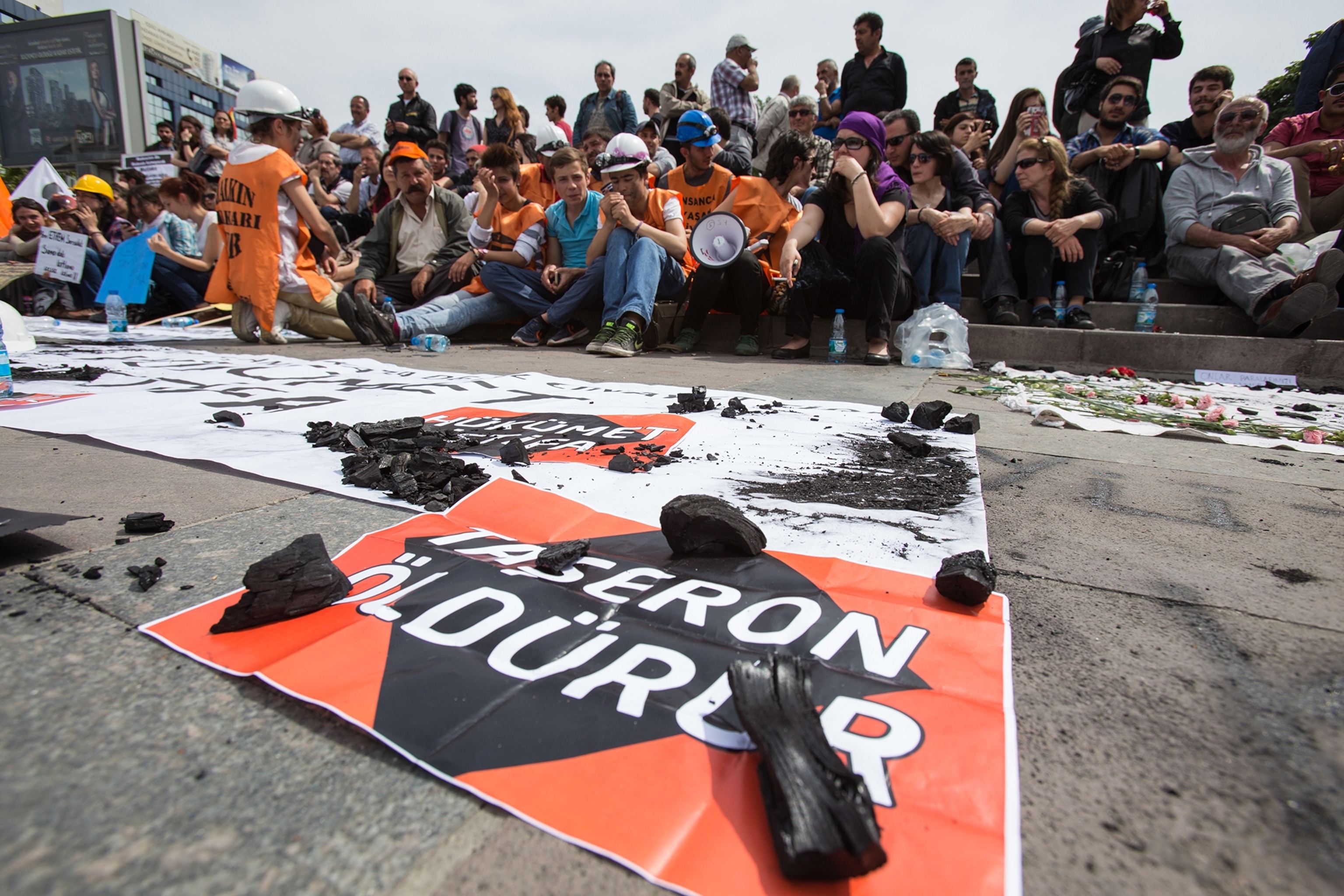
His paper noted that there are only 1,000 government labor inspectors in a country of 81 million, and that supervisory authorities sometimes contradict each other. "This lack of cooperation may mean that some mines are audited a few days apart by the different institutions," the paper said, "while other mines are audited after a long time, or not audited at all."
Coal accounts for about 28 percent of Turkey's electricity generation, a figure the government is trying to increase. (The United States, by comparison, depends on coal for 37 percent of its electricity generation, but increasingly is moving toward natural gas.) Most of Turkey's coal reserves are lignite, or brown coal, the low-quality fuel used mainly to generate electricity. Estimates vary about the number of deaths attributed to coal mining in Turkey, but one state-run agency reported that 3,000 workers had died in mine accidents since 1941.
Despite the dangers and pollution associated with coal, there is pressure in Turkey to meet growing energy demand by producing more coal domestically to avoid pricier natural gas imports in the absence of its own shale resources.
"Coal is essential as an energy source," the Turkish energy ministry says in recently updated copy on its website. "In Turkey, coal is now referred to as the energy source of the future."
Dangers to Workers Worldwide
More than ten million people worldwide are employed producing coal, according to the International Labour Organization. Though fatalities largely have declined during the past decade, thousands of coal workers still die on the job every year.
China's coal industry, in particular, has an "unacceptably high" fatality rate, "particularly due to the number of unregulated small coal mines that have operated in recent years," according to the World Coal Association. Last year more than 1,000 workers died at Chinese coal mines, according to government figures—a rate exponentially higher than that of the United States, but still an improvement from the 7,000 coal worker deaths China saw in 2002.
"Fire and explosion have long been and remain the most common sources of mass fatality incidents in coal mines," noted an Australian report on coal mine worker safety this year. Other hazards include falling rock or earth, flooding, and toxic fumes. Of the ten most recent coal mine accidents listed on China's State Administration of Work Safety site, six involved explosions. (See related story: "Clean Coal Test: Power Plants Prepare to Capture Carbon.")
Lessons From West Virginia
The United States has been able to cut dramatically the number of fatal coal mining accidents in recent years. Deaths have fallen from an average of 150 per year in the 1970s to under 50 over the past decade. But deadly accidents are still happening: Just this week, two workers were killed at West Virginia's Brody No. 1 mine in a rock collapse.
Explosions, though rarer in the United States than they used to be, also remain a potent risk to workers. In 2010, a gas explosion at the Upper Big Branch mine in West Virginia killed 29 people and injured two others. In that accident, according to the state's investigative report, heat from a tool used to cut sandstone ignited methane in the mine, which then ignited coal dust. It was the worst U.S. mining disaster in 40 years.
"Coal dust by itself is just like gunpowder when it gets suspended in the air or when it's collected on the mine floors," says Greg Norman, administrator for the West Virginia Office of Miners' Health Safety and Training. "If you have a methane explosion [that] just kicks up more coal dust, it becomes like a huge bomb."
Norman said that among several measures that can be taken to prevent explosions, spreading rock dust is key. When distributed throughout the mine, rock dust acts as a fire retardant, keeping overall combustibility down. Adequate ventilation to avoid buildup of methane also is crucial.
The techniques are nothing new. "There is a lot of new technology out there now, but the two biggest things to prevent mine explosions are [still] rock dust and ventilation," Norman said, referring to measures that have been in place since the U.S. Mine Health and Safety Act of 1969. (See related story: "New Energy Frontier: Drilling Into Coal for Gas.")
There is little evidence that rock dusting is being used with any regularity in Turkey; a 2009 study of dust in Turkish coal mines makes no mention of the practice. Demiral's paper said of the mining industry, "There is a lack of supervision and auditing, and the conditions are primitive in both public and private enterprises."
In West Virginia, the Upper Big Branch mine's parent company failed to adequately deploy rock dusting and other preventive measures, such as water-spraying equipment and continuous monitoring for methane and coal dust. The company, Massey Energy, was fined more than $10 million for safety violations, and one of its top executives was sentenced to 42 months in prison last year.
It is possible that in Turkey, protests and public anger over the Soma mine tragedy might force leaders to explore regulatory changes. But as the case of Upper Big Branch shows, regulations do not always prevent disaster. (Vote and comment: "What Energy Solution Should We Be Developing Next?")
Demiral expressed little hope that the Soma incident would result in any real explanation of what caused the blast, or any change in regulations by the government. Prime Minister Erdogan's public comments have suggested that he sees such accidents as part of the risk of mining, and the general response from officials has been defensive.
"It's more blaming the victims," Demiral said. "They are ignoring the problem."
This story is part of a special series that explores energy issues. For more, visit The Great Energy Challenge.




